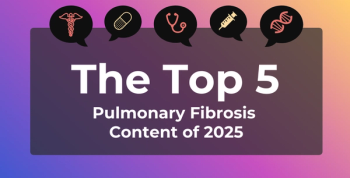
Shopping for Nonemergency Care Leads to Modest Reduction in Spending
Giving consumers prices so they can shop around for the best value for nonemergency healthcare appears to have only a modest effect on reducing healthcare spending.
Over the last several years a movement to introduce price transparency has emerged in healthcare. However, a new analysis from the Health Care Cost Institute (HCCI) suggests that giving consumers prices so they can shop around for the best value for nonemergency healthcare appears to have only a modest effect on reducing healthcare spending. The institute’s report, “
Researchers examined total spending on shoppable healthcare service (those that can be scheduled in advance), such as flu shots, nonemergency hip or knee replacements, colonoscopy, and blood tests. Prescription drugs and devices were not considered in this analysis.
The report found that in 2011:
- Approximately 43% of the $524.2 billion spent on healthcare services for commercially insured people was considered shoppable. More than half of spending was on non-shoppable services.
- About 15% of the total spent on healthcare for the commercially insured (nearly $81 billion) was spent out of pocket.
- About 7% of the total ($27.7 billion) was spent out of pocket on shoppable services.
- Most out-of-pocket dollars (44%) were spent on shoppable ambulatory physician services.
Although 43% of annual healthcare spending is for services that consumers should shop for based on price, less than 7% of total spending is actually paid out-of-pocket by consumers for shoppable services. Thus, for the vast majority of healthcare spending, providing incentives or information to steer consumer behavior will have limited effects on improving the value of the healthcare dollar, the researchers said.
The HCCI analysis shows that consumers hoping to use price shopping to lower coinsurance and deductibles were able to influence only about 65% of their out-of-pocket payments per year. Price shopping was found to generally have little effect on copayments as they are usually set amounts. Researchers also found that consumers gain little from shopping for many outpatient services; more price variation was found in inpatient than outpatient services. Prices for nonshoppable inpatient services varied more than shoppable ones.
Interestingly, knee and hip replacements, inpatient services often highlighted as being worth shopping for, had less price variation than other services. Variations in pricing for these procedures depended heavily on where one lived.
“There is not much savings to be gained from consumer shopping for many nonemergency services,” HCCI researcher and report coauthor Amanda Frost
More attention should be paid on directly engaging providers and payers, both insurers and employers, because gains from consumer price shopping are limited, she noted.
Newsletter
Stay ahead of policy, cost, and value—subscribe to AJMC for expert insights at the intersection of clinical care and health economics.







































